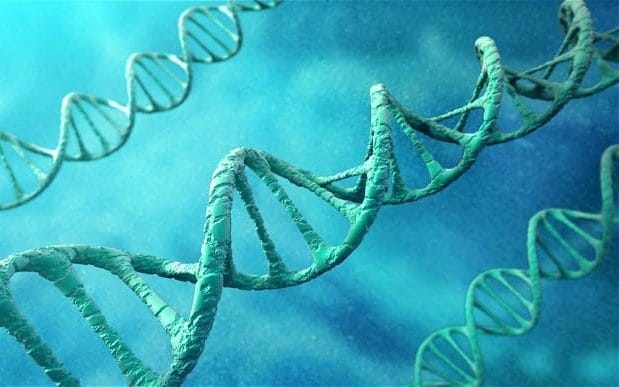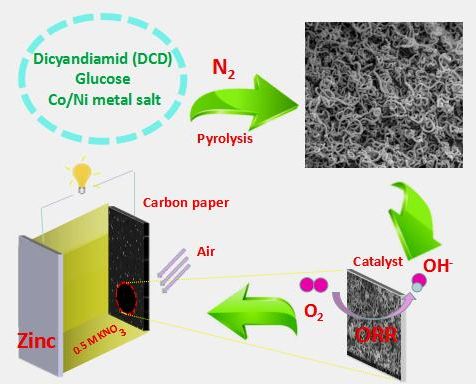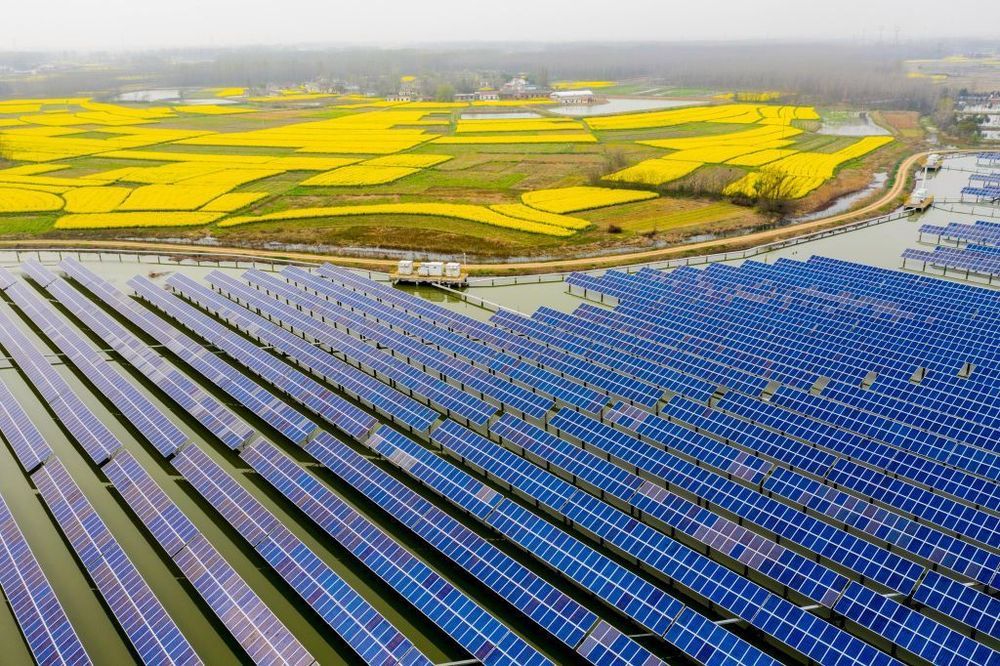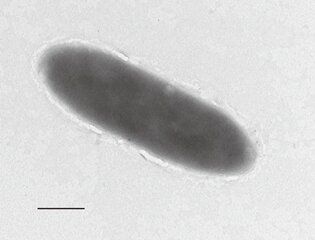Make water from the air with the AquaBoy® Pro II, air to water generator. The AquaBoy® Pro II produces up to 2 to 5 gallons per day of “purified great tasting water” by making it directly from the air around us. This award-winning, luxury appliance provides access to both hot and cold purified drinking water with just the touch of a button that is perfect for hot tea, gourmet coffee, purified ice, cooking, pet care and much more. There is also a hot water lock button to help prevent accidental dispensing.
Category: sustainability – Page 587

The first of the TTC’s zero-emission electric buses rolled into town today (PHOTOS)
The first of the TTC’s zero-emission electric buses arrived today.
According to TTC spokesperson Stuart Green, the new vehicle must undergo testing and commissioning first before it can enter regular service later this spring.
The first of the #TTC ‘s zero emission electric buses arrived today! This @newflyer vehicle (#3700) will undergo testing and commissioning before it enters regular service later this Spring. We’ll have 60 e-buses by year end, making the TTC a national clean-tech fleet leader. pic.twitter.com/voobFV8JEM

Winters Are Only Going to Get Worse, So Researchers Invented a Way to Generate Electricity from Snowfall
The farther you get from the equator, the less effective solar panels become at reliably generating power all year round. And it’s not just the shorter spans of sunlight during the winter months that are a problem; even a light dusting of snow can render solar panels ineffective. As a result of global warming, winters are only going to get more severe, but there’s at least one silver lining as researchers from UCLA have come up with a way to harness electricity from all that snow.
The technology they developed is called a snow-based triboelectric nanogenerator (or snow TENG, for short) which generates energy from the exchange of electrons. If you’ve ever received a nasty shock when touching a metal door handle, you’ve already experienced the science at work here. As it falls towards earth, snowflakes are positively charged and ready to give up electrons. In a way, it’s almost free energy ready for the taking, so after testing countless materials with an opposite charge, the UCLA researchers (working with collaborators from the University of Toronto, McMaster University, and the University of Connecticut) found that the negative charge of silicone made it most effective for harvesting electrons when it came into contact with snowflakes.

Cause of cancer is written into DNA of tumours, scientists find, creating a ‘black box’ for origin of disease
The cause of cancer is written into the DNA of tumours, scientists have discovered, in a breakthrough which could finally show how much disease is attributable to factors like air pollution or pesticides.
Until now the roots of many cancers have proved elusive, with doctors unable to tease out the impact of a myriad of carcinogenic causes which people encounter everyday.
Even with lung cancer, it is not known just how much can be attributed to smoking and how much could be linked to other factors, such as living by a busy road, or inhaling pollutants at work.

Neutral Zinc-air battery with cathode NiCo/C-N shows outstanding performance
In a paper to be published in the forthcoming issue in NANO, a team of researchers from the School of Chemistry and Chemical Engineering at Hunan University of Science and Technology have proposed a novel strategy for the synthesis of non-precious metal catalysts in zinc-air batteries that do not compromise its electroactivity, affordability and stability.
As a green and sustainable energy generator, zinc-air battery has attracted great attention from researchers due to its high specific energy, high current density, low cost, and environmental friendliness. Yet it is not without its drawbacks. The slow oxygen reduction reaction (ORR) of its cathode has become an obstacle to its commercial application. One possible solution is to use platinum (Pt) and Pt-based catalysts, but its high cost and scarce availability make it less ideal. In addition, alkaline KOH (or NaOH) is generally used as the electrolyte, but it leads to the generation of carbonates (CO32-) due to the dissolution of CO2 in the electrolyte as well as the spontaneous corrosion of the anodic zinc in strong alkaline media. This has the effect of slowing down the ionic conductivity of the electrolyte and battery life. Therefore, a neutral electrolyte should be used instead.

Environmentalists are Wrong: Nature Isn’t Sacred and We Should Replace It
Environmentalism and climate change are increasingly being pushed on us everywhere, and I wanted to write the transhumanism and life extension counter argument on why I prefer new technology over nature and sustainability. Here’s my new article:
On a warming planet bearing scars of significant environmental destruction, you’d think one of the 21st Century’s most notable emerging social groups—transhumanists—would be concerned. Many are not. Transhumanists first and foremost want to live indefinitely, and they are outraged at the fact their bodies age and are destined to die. They blame their biological nature, and dream of a day when DNA is replaced with silicon and data.
Their enmity of biology goes further than just their bodies. They see Mother Earth as a hostile space where every living creature—be it a tree, insect, mammal, or virus—is out for itself. Everything is part of the food chain, and subject to natural law: consumption by violent murder in the preponderance of cases. Life is vicious. It makes me think of pet dogs and cats, and how it’s reported they sometimes start eating their owner after they’ve died.
Many transhumanists want to change all this. They want to rid their worlds of biology. They favor concrete, steel, and code. Where once biological evolution was necessary to create primates and then modern humans, conscious and directed evolution has replaced it. Planet Earth doesn’t need iniquitous natural selection. It needs premeditated moral algorithms conceived by logic that do the most good for the largest number of people. This is something that an AI will probably be better at than humans in less than two decade’s time.
Ironically, fighting the makings of utopia is a coup a half century in the making. Starting with the good-intentioned people at Greenpeace in the 1970s but overtaken recently with enviro-socialists who often seem to want to control every aspect of our lives, environmentalism has taken over political and philosophical discourse and direction at the most powerful levels of society. Green believers want to make you think humans are destroying our only home, Planet Earth—and that this terrible action of ours is the most important issue of our time. They have sounded a call to “save the earth” by trying to stomp out capitalism and dramatically downsizing our carbon footprint.
EGEB: Solar cell breakthrough, Hawaiian solar projects, Chicago renewables, Amazon, and more
- Researchers figure out a new way to pair perovskites with silicon for a solar boost.
- Hawaiian Electric sets new goals for solar and storage.
- Chicago officially commits to its 100% renewable energy goal for 2035.
- Anaheim builds nine new solar projects at public schools.
- Amazon employees want the company to take action on climate change, stop supporting fossil fuels.
Recycling robot can use sense of touch to sort through the trash
MIT’s Computer Science and Artificial Intelligence Lab (CSAIL) is developing a robot that sorts for recycling. Fundamentally, the squad’s robot arm has soft grippers ad the robot can take objects from a conveyor belt and identify what they are made from— by touch.
Tactile sensors on the robot are the main feature. The sensorized gripper is fully electrical driven. It can detect the difference between paper, metal and plastic.
Why this matters: “Although environmental and sustainability concerns have made it crucial to scale up recycling operations, object sorting remains a critical bottleneck for recycling scalability,” they wrote in their paper that describes their work.

Global economy would save up to $160 trillion
In fact, according to IRENA’s new report, the most cost-effective strategy to achieve a “climate-safe future” — keeping global warming below 2 degrees Celsius (3.6 degrees Fahrenheit) — is an accelerated energy transition to renewables and energy efficiency coupled with electrification of key sectors like transportation.
This Renewable Energy Roadmap (REmap) scenario “would also save the global economy up to USD 160 trillion cumulatively over the next 30 years in avoided health costs, energy subsidies and climate damages.”
At the same time, IRENA reports, “every dollar spent on energy transition would pay off up to seven times.”

Unique oil-eating bacteria found in world’s deepest ocean trench
Scientists from the University of East Anglia have discovered a unique oil eating bacteria in the deepest part of the Earth’s oceans—the Mariana Trench.